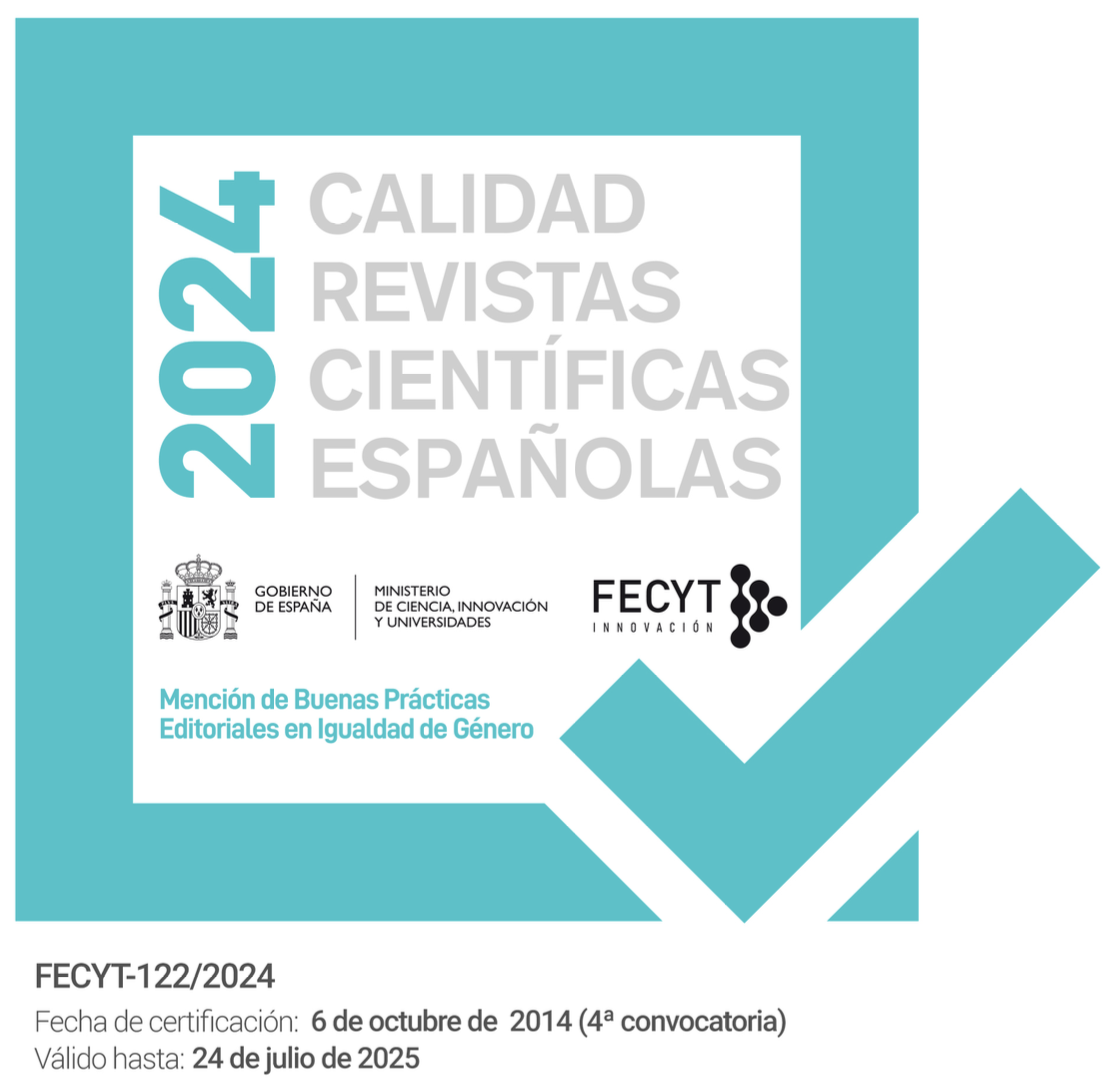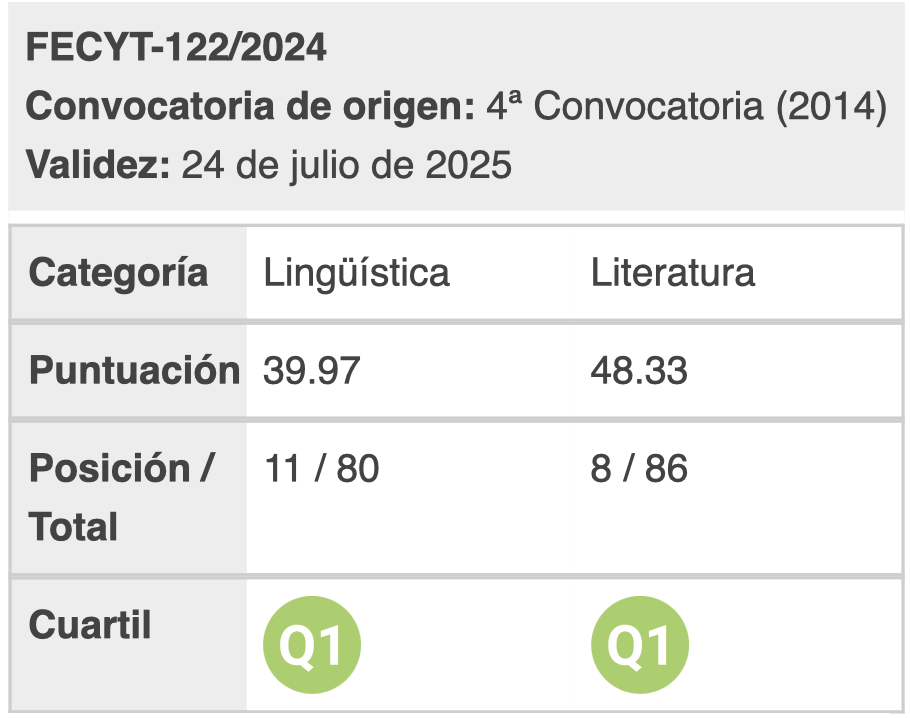Child First Language Acquisition of English and Spanish Prepositional and Double Object Constructions
DOI:
https://doi.org/10.28914/Atlantis-2020-42.1.11Abstract
This study examines the acquisition of dative alternation (DA), namely, prepositional structures and double object constructions (DOCs), in English and Spanish. The analysis of Spanish and English child monolingual data and adult input available in CHILDES reveals a similar pattern of emergence of prepositional and DOCs in the two language groups. This suggests a lack of derivation between the two structures in the two languages, assuming that more complex derived structures emerge later than nonderived ones. This is argued to be the case despite the difference between English and Spanish DA, as per the Complex Predicate Parameter. The delay in the onset and the lower incidence of English and Spanish prepositional DA seems to be related to the amount of exposure in the adult input. These findings, therefore, suggest that children acquire the similar syntactic nonderivational relationship that underlies DA constructions both in English and in Spanish. Besides, adult input factors seem to play a similar role in the children’s preference for the use of DOCs rather than prepositional structures in the two languages.
Downloads
Metrics
References
Aoun, Joseph and Yen-hui Li. 1989. “Scope and Constituency.” Linguistic Inquiry 20 (2): 141-72.
Borer, Hagit and Kenneth Wexler. 1987. “The Maturation of Syntax.” In Roeper and Wexler 1987, 123-72.
Bowerman, Melissa. 1990. “Mapping Thematic Roles onto Syntactic Functions: Are Children Helped by Innate Linking Rules?” Linguistics 28 (6): 1253-89.
Campbell, Aimee L. and Michael Tomasello. 2001. “The Acquisition of English Dative Constructions.” Applied Psycholinguistics 22 (2): 253-67.
Chomsky, Noam. 1965. Aspects of the Theory of Syntax. Cambridge, MA and London: MIT Press.
Cuervo, Cristina. 2003. “Structural Asymmetries but Same Word Order: The Dative Alternation in Spanish.” In Di Sciullo 2003, 117-44.
Demonte, Violeta. 1995. “Dative Alternation in Spanish.” Probus 7 (1): 5-30.
De Marneffe, Marie-Catherine et al. “A Statistical Model of Grammatical Choices in Children’s Productions of Dative Sentences.” Paper presented at the Formal Approaches to Variation in Syntax Conference, York, June 2012.
Di Sciullo, Anna Maria, ed. 2003. Asymmetry in Grammar. Vol 1, Syntax and Semantics. Amsterdam and Philadelphia: John Benjamins.
Dryer, Matthew S. 1986. “Primary Objects, Secondary Objects and Antidative.”Language 62 (4): 808-45.
Ellis, Nick C. 2002. “Frequency Effects in Language Processing.” Studies in Second Language Acquisition 24 (2): 143-88.
Haspelmath, Martin. “Ditransitive Constructions in RRG and Some Other Approaches.” Paper presented at the International Conference on Role and Reference Grammar, Leipzig, January 2006.
Hawkins, Roger. 2001. “The Theoretical Significance of Universal Grammar in Second Language Acquisition.” Second Language Research 17 (4): 345-67.
Larson, Richard K. 1988. “On the Double Object Construction.” Linguistic Inquiry 19 (3): 335-91.
Legate, Julie A. and Charles D. Yang. 2002. “Empirical Re-assessment of Stimulus Poverty Arguments.” Linguistic Review 19: 151-62.
MacWhinney, Brian. 2000. The CHILDES Project: Tools for Analyzing Talk. 3rd ed. Hillsdale, NJ: Erlbaum.
Marantz, Alec. 1991. “Case and Licensing.” In Reuland 1991, 11-30.
Moravcsik, Edith A. and Jessica R. Wirth, eds. 1980. Syntax and Semantics. Vol 13, Current Approaches to Syntax. Orlando, FL: Academic Press.
Mulder, René. 1992. The Aspectual Nature of Syntactic Complementation. Leiden: Holland Institute of Generative Linguistics.
Perlmutter, David M. 1980. “Relational Grammar.” In Moravcsik and Wirth 1980, 195-229.
Powers, Susan M. and Cornelia Hamann, eds. 2000. The Acquisition of Scrambling and Cliticization. Dordrecht: Springer.
Reuland, Eric J., ed. 1991. Argument and Case: Explaining Burzio’s Generalization. Amsterdam and Philadelphia: John Benjamins.
Roeper, Thomas and Kenneth Wexler, eds. 1987. Parameter Setting. Dordrecht: Reidel.
Romero Morales, Juan. 2008. Los dativos en español. Madrid: Arco.
Snyder, William 2001. “On the Nature of Syntactic Variation: Evidence from Complex Predicates and Complex Word-Formation.” Language 77 (2): 324-42.
Snyder, William and Karim Stromswold. 1997. “The Structure and Acquisition of English Dative Constructions.” Linguistic Inquiry 28 (2): 281-317.
Suñer, Margarita. 1988. “The Role of Agreement in Clitic-Doubled Constructions.” Natural Language and Linguistic Theory 6 (3): 391-434.
Tomasello, Michael. 2000. “The Item-Based Nature of Children’s Early Syntactic Development.” Trends in Cognitive Sciences 4 (4): 156-63.
Torrens, Vincent and Kenneth Wexler. 2000. “The Acquisition of Clitic Doubling in Spanish.” In Powers and Hamann 2000, 279-97.
Yang, Charles. 2016. The Price of Linguistic Productivity: How Children Learn to Break the Rules of Language. Cambridge, MA and London: MIT Press.
Zyzik, Eve. 2009. “The Role of Input Revisited: Nativist versus Usage-Based Models.”L2 Journal 1 (1): 42-61.
Downloads
Published
How to Cite
Issue
Section
Funding data
-
Ministerio de Ciencia, Innovación y Universidades
Grant numbers PGC2018-097693-B-I00 -
European Regional Development Fund
Grant numbers PGC2018-097693-B-I00 -
Junta de Castilla y León
Grant numbers VA009P17 -
Universidad de Valladolid
Grant numbers VA009P17 -
European Regional Development Fund
Grant numbers VA009P17








